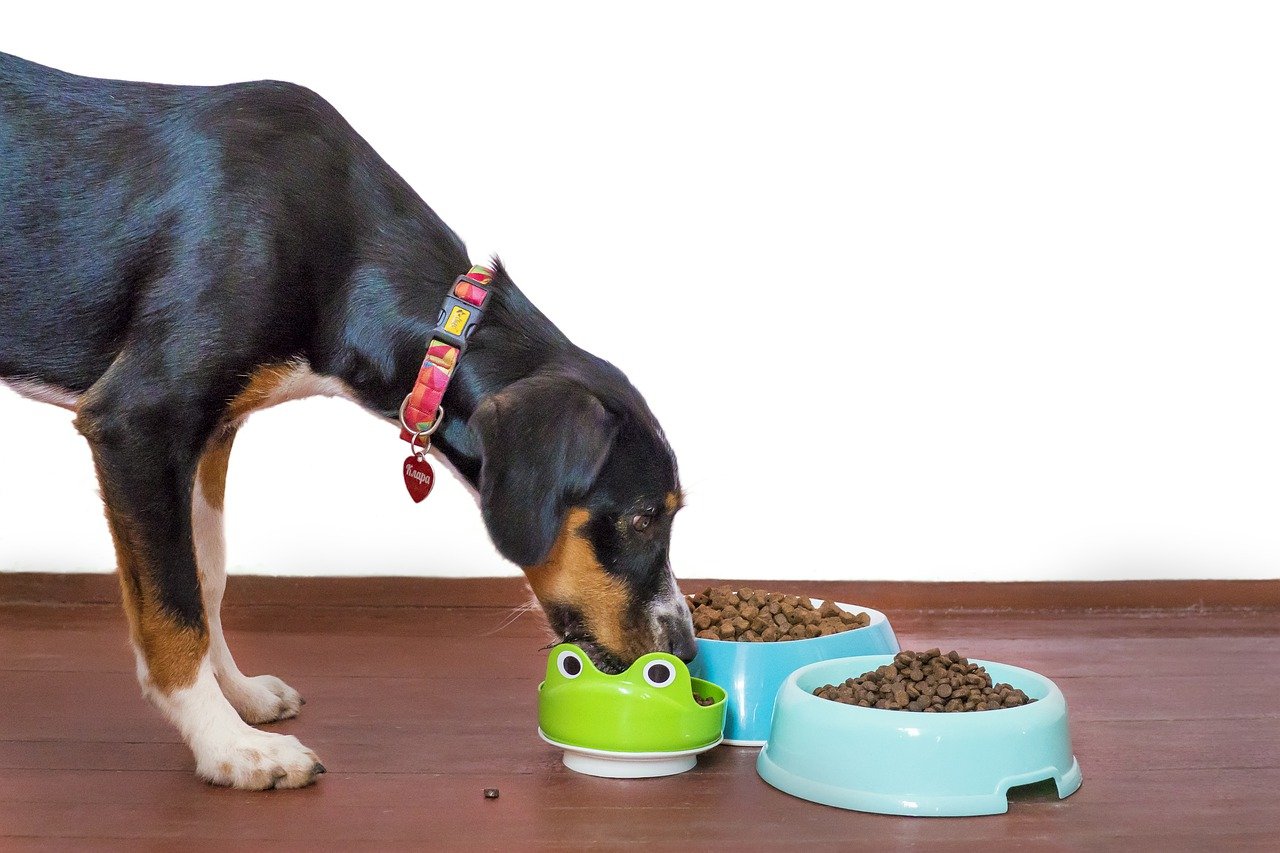Your dog is a member of your family, and you want what’s best for him. Whether he needs to lose weight or gain it or maintain his current healthy weight, there are many food choices available that can help you reach your goal. If you are considering making the switch from one product line to another, it’s worth taking a minute or two before purchasing.
Here are factors you should consider to help you make the best decision.
The quality of the food
You should seek food that contains high-quality proteins, which are necessary to maintain your dog’s health. Protein comprises amino acids, the fundamental components of muscles, organs, and skin. Hence, High quality food for dogs should contain at least 25% protein. Low protein foods might cause your dog to lose weight and muscle mass. Foods high in carbohydrates might affect your dog’s level of glycemic control, which can lead to weight gain over time. Carbohydrates provide energy for your dog. However, it would help if you choose whole grains instead of processed flour because whole grains are very nutritious and minimally processed.
The quality of the ingredients
Check the ingredients list on any product you consider buying. If it includes corn, soy, or wheat (which some manufacturers add as a cheap filler), it’s probably best to choose another product. These ingredients are likely to cause allergic reactions in your pet. Even if he’s not allergic, they won’t provide him with the necessary nutrients to be a waste of money and time. If you’re unsure whether your dog is allergic to these grains, ask your veterinarian about allergy tests that can tell you.
The special needs of your dog
Some foods are specially formulated for dogs with specific needs, such as older dogs, puppies, or needing weight. The food should also be appropriate for your dog’s breed, size, and activity level. If you’ve got a large breed pup on your hands, make sure the food is specially formulated to support his large frame. If you have a senior dog, check the bag’s label before buying it. You should be able to find lots of different types of food designed for this stage in your pet’s life. And if your dog is overweight, look for one specifically made to help him lose weight. Even if he’s not overweight, you should still look for one designed to maintain his weight.
The nutritional information on the label
Just as it’s essential to know what types of ingredients go into a product, it can be helpful to understand how those ingredients are converted into nutrients. You should ensure your dog gets the correct balance of protein and fat, vitamins; minerals; and other nutrients. You’ll find all this information on the label. But you need to do more than just read it – you have to understand what all those numbers and percentages mean, as well as how they affect your dog’s diet.
There are many options on the market for you to choose from, but make sure you do your research before buying. Once you’ve found a food that meets all of your requirements, I’m sure it will be worth the effort.

